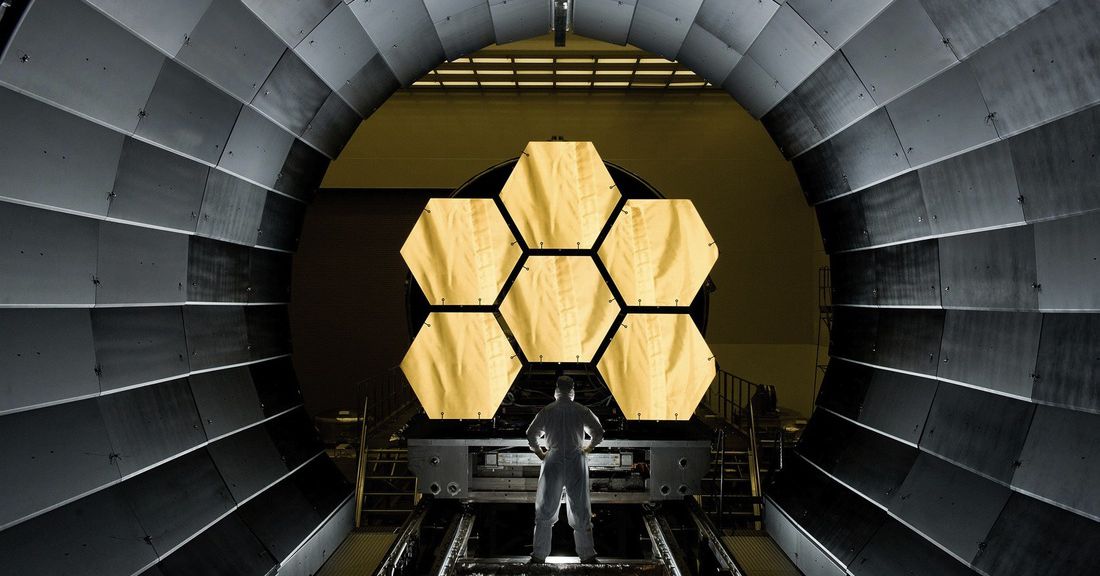Following the revolutionary and successful launch of the James Webb Space Telescope, or JWST, into space on Christmas day, NASA announced some unexpected news about the telescope’s future: its science mission is likely to last “significantly more” than 10 years — more than double the minimum time for the mission.
Initially, JWST was projected to be operational for 5 to 10 years, but NASA’s latest analysis released today found that the telescope will likely have enough propellant to support scientific operations for even longer. According to NASA, the extra propellant is thanks to the precision of the Ariane 5 rocket that the JWST was on when it was launched into space. It is also due to the precision of the first and second mid-course correction maneuvers — small trajectory tweaks that the spacecraft has completed in the days since launching, setting it on a path toward its destination a million miles from Earth.
According to NASA, the precision of these maneuvers leaves the spacecraft with more propellant it can use to maintain its final position for observing the cosmos. The space agency warns, however, that “many factors” could ultimately affect JWST’s lifespan.
The potential extension of scientific research is reminiscent of the Hubble telescope, which is widely considered JWST’s predecessor. NASA initially projected the Hubble telescope would last about 15 years, but it’s still operating today, more than 30 years later. A key difference between the two is that the Hubble Space Telescope was able to serviced by astronauts while JWST is not. JWST, which collects infrared light, is capable of imaging objects 10 to 100 times fainter than what Hubble can see.
The launch trajectory’s accuracy also allowed JWST to deploy its solar array a bit early. Following separation from the Ariane 5 rocket, deployment of JWST’s solar array was set to begin about 33 minutes after launch. But it actually happened about 29 minutes after launch because JWST was at the correct position after the separation, NASA said in its press release. However, unlike the solar array deployment which was automatic, future deployments—including the spacecraft’s sunshield and segments of its primary mirror—are going to be human controlled, NASA says.





